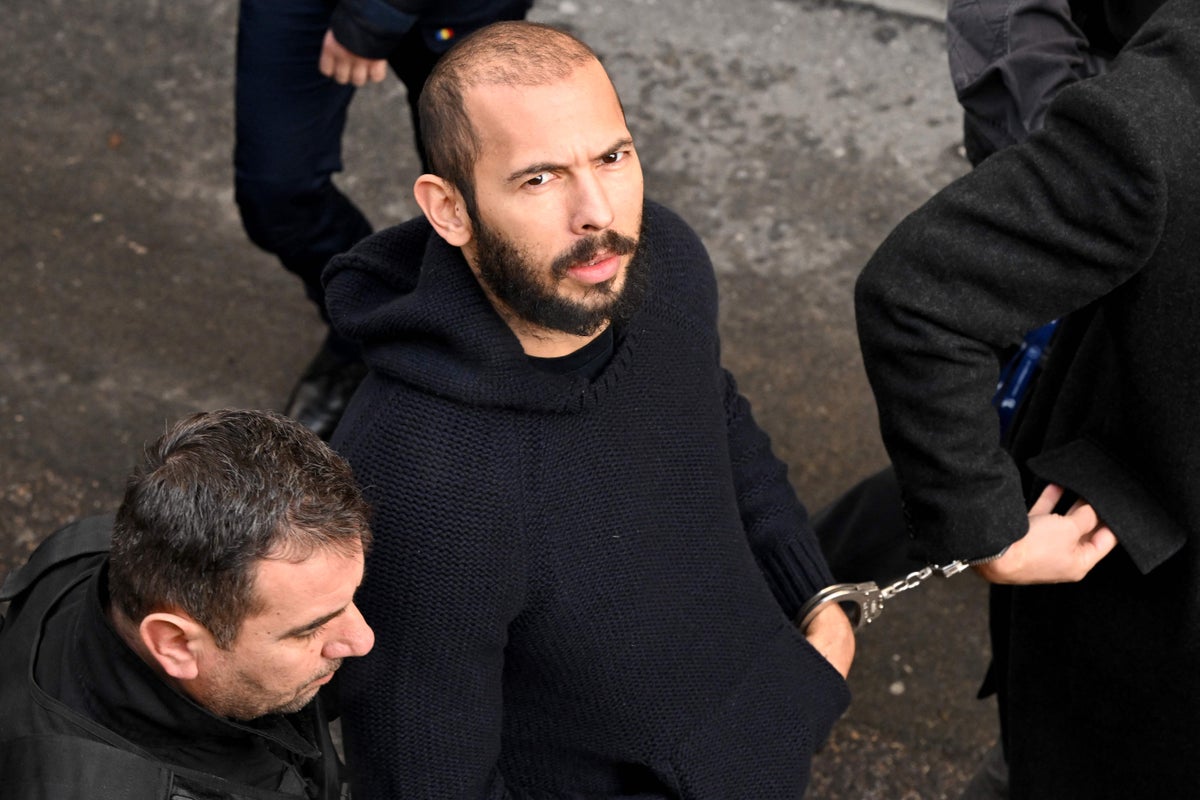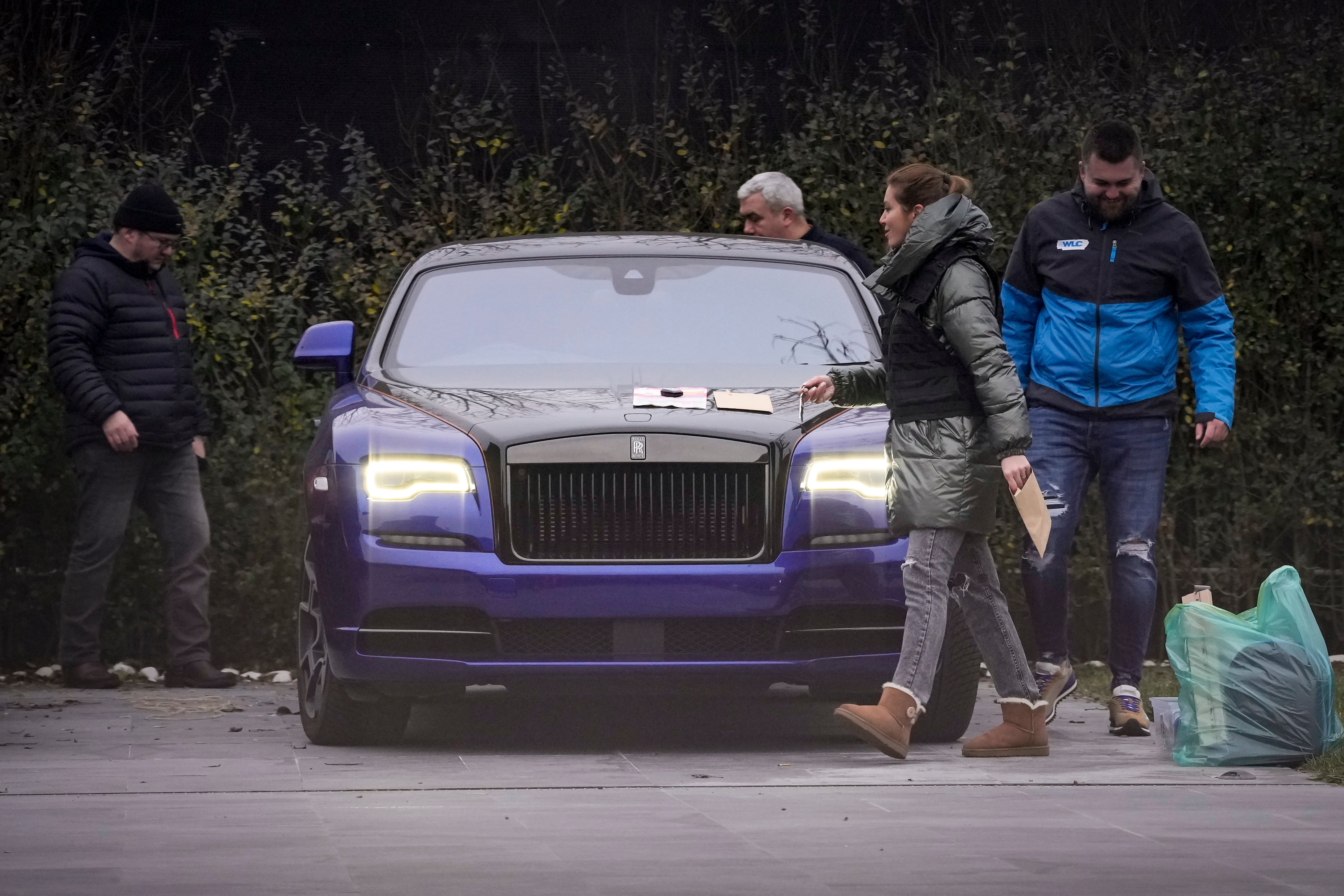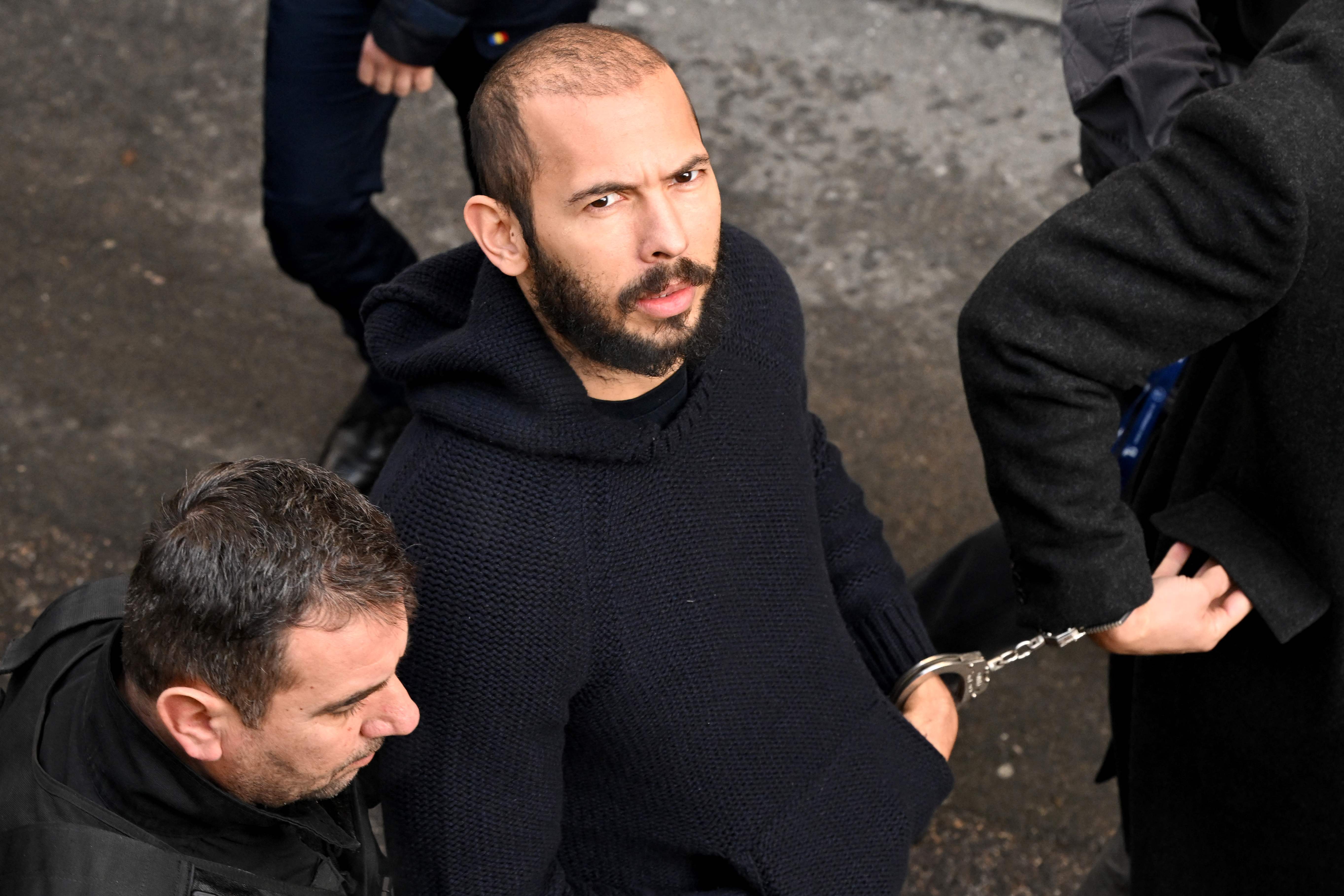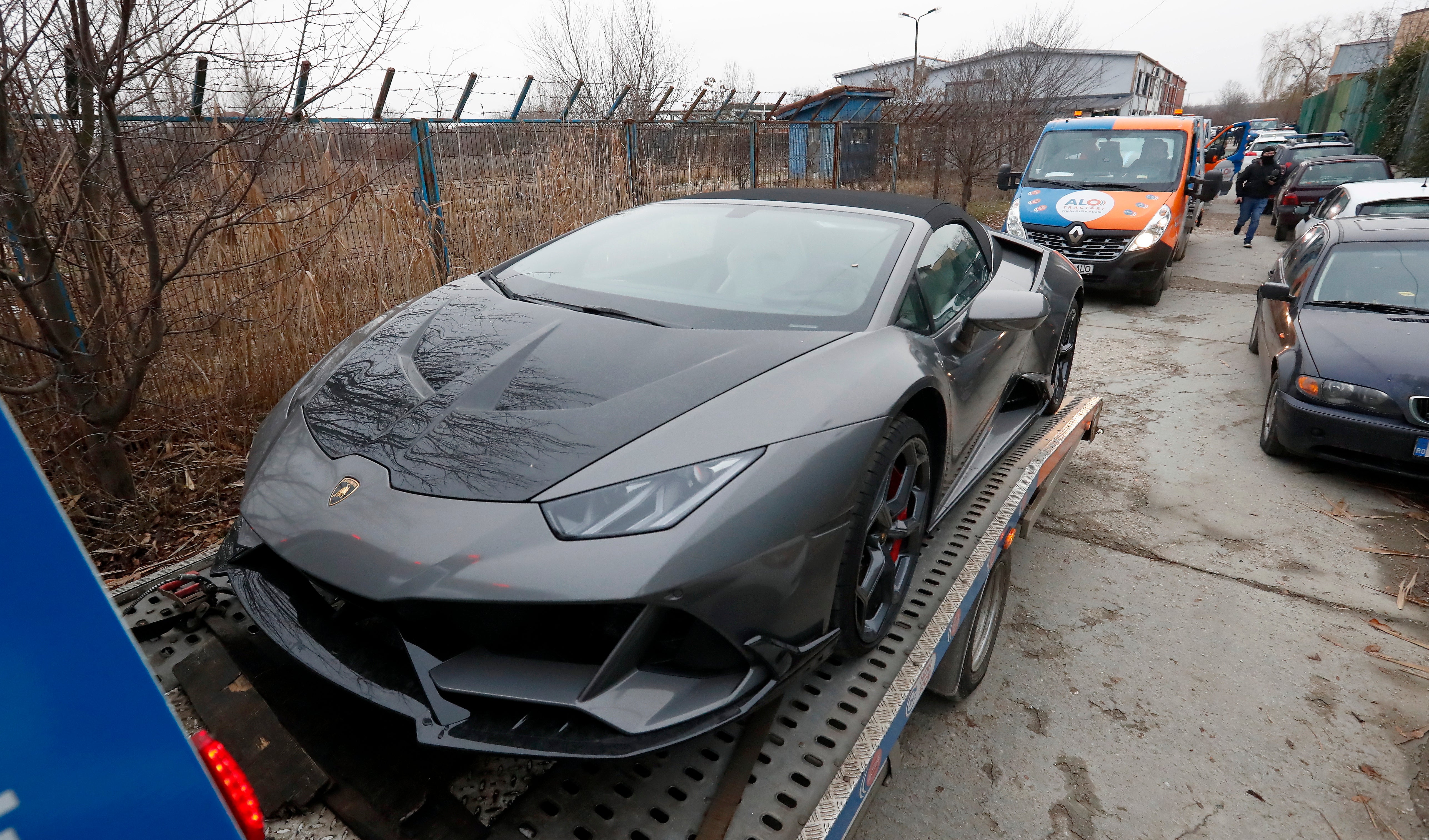
A list of Andrew Tate’s assets seized by Romanian police, including watches, gold bars and properties, has released, reports say.
Tate, 36, is currently being held in prison by Romanian authorities on suspicion of organised crime and human trafficking.
The social media influencer, his brother Tristan Tate and two female Romanian nationals have been detained since December 29.
At the start of the month they lost an appeal against their continued detention and will remain behind bars until at least February 27.
Romania’s anti-organised crime agency, DIICOT, have been busy seizing Tate’s assets as part of their investigation.

The 36-year-old’s vast collection of supercars that he regularly used as part of his social media messaging has been taken by DIICOT, as have watches and other expensive items.
Romanian authorities said in January that the approximate value of the money and assets seized in the case comes to around £3.3million.
Police in the country have released a list of some items confiscated from Tate so far that include a number of flashy timepieces by high-end brands such as Rolex, Breitling and Hublot, Cancan reports.

The authorities have also seized two gold bars and a coin made of gold that is inscribed with an image of a snake and says “ONE OUNCE CASH 999.9 Gold” on it, the Romanian news site said.
They have taken a number of properties and land owned by the brothers, including an eight-bedroom home and various parcels of land dotted around Romania.
Cash from the Tate brothers bank accounts has been seized and they have taken £243,000 worth of cryptocurrency, Cancun adds.
It comes as police reportedly plan to sell Tate’s £4.8 million Bugatti if he is convicted of the charges he faces in the country.

The vehicle is the one he used to taunt climate activist Greta Thunberg with before his arrest.
Prosecutors have said that if they can prove the owners gained money through illicit activities such as human trafficking, the assets would be used to cover the expenses of the investigation and to compensate victims.
DIICOT said that it had identified six victims in the human trafficking case who were subjected to “acts of physical violence and mental coercion” and were sexually exploited by members of the alleged crime group.
The agency said victims were lured with pretenses of love, and later intimidated, surveilled and subjected to other control tactics while being coerced into engaging in pornographic acts for substantial financial gains.







